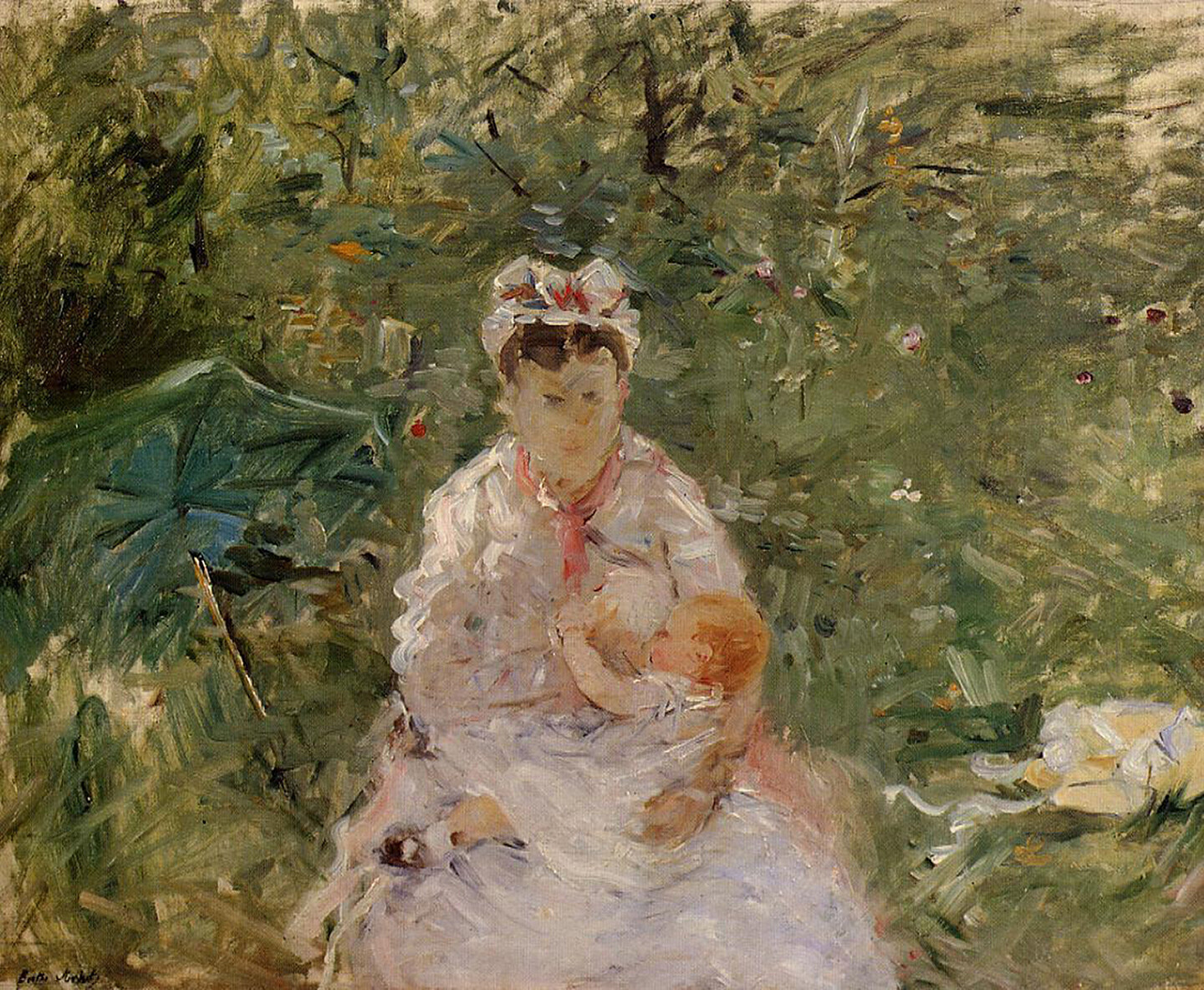Office Hours: Catherine Quan Damman: Institute of Fine Arts at New York University
1. Why did you decide to go into teaching?
I treat with suspicion one’s ability to narrate honestly the multiply determined and somewhat alchemical sequence of one’s own life; certainly, the major topographic features of my own seem more the results of unbidden tectonic shifts than anything resembling “decisions.” We could say teaching offered the money I needed, or that my mother was a public school teacher for much of her life. Such are the novelistic causalities of circumstance or inheritance, but teaching was probably at once more fundamental and contingent than even these.
I fell into it accidentally; I love it embarrassingly. Both are true. Resistant to the pretty fiction of the individual, I would also highlight that my position in universities, precarious as it is, is above all the consequence of political work done decades before my time. The Third World Liberation Front strikes of 1968, at San Francisco State University and the University of California, Berkeley, saw students demand ethnic studies courses as part of a larger political program. At Wesleyan University, where I previously taught, students occupied a campus building, Fisk Hall, on February 21, 1969, demanding support for its Black students, faculty, and staff. On May 22, 1970, San Diego State College became the first higher-education institution in the nation with a women’s studies program, the result of the Ad Hoc Committee for Women’s Studies, which had offered an initial group of classes—sans administrative permission—in January of 1970. These are only a few episodes from a larger history that has directly produced the conditions that enable me to teach.
2. What drew you to your school and what is your teaching philosophy?
The Institute of Fine Arts at New York University is a unique place. Though I offer one course a year to NYU undergraduates through the core curriculum, the IFA itself is dedicated solely to graduate education; I relished the opportunity to work more extensively with master’s and doctoral students and to have a hand in shaping the field. In addition to being bright and dedicated, our students often already work (or have worked) at major museums, galleries, publications, and nonprofits across the globe. Their desire to expand their art historical knowledge in relation to their real-time positions in such institutions impresses me greatly, and the speed with which the ideas they explore in the classroom inflect their conversations and decision-making elsewhere makes the stakes of our conversations clear.
My students are fantastic, but I could not have known quite how great they would be before I began, so it was really the contours of the position itself that so appealed. My official job title is “Linda Nochlin Visiting Assistant Professor of Art History,” a new professorship created thanks to the generous support of Valeria Napoleone and championed by the IFA’s current director, Christine Poggi. I hope it does not sound overly obsequious to say that it was Nochlin’s name—and with it, the explicit remit to teach feminist art history—that seemed almost unfathomably idyllic.
Nochlin’s effect on the discipline of art history is legion, and the recognition of her signal 1971 essay “Why Have There Been No Great Women Artists?” is far from unfounded. Whenever I teach it, I’m newly awed by it, not least for the ways it makes room for analyses that are not explicitly present in the text itself. It emphasizes the institutions that any individual is by necessity extruded through, and so we can use it as a model to ask new, different questions about gender’s intersections with race and disability, for example. Above all, I admire how Nochlin’s work approaches the question of inequity not by attempting to recuperate a given artist, genre, or operation according to the extant terms but rather queries the terms themselves. This is the primary lesson I am always trying to impart to students: hierarchies of value are themselves entangled with and shaped by ascriptive categories of gender, sexuality, race, and ability. That essay is by far her best known, but there are so many other writings of Nochlin’s that shaped me profoundly: Tucked into “The Imaginary Orient” (1983), her analysis of orientalism in French academic painting in the nineteenth century, is an assertion that art history is and should be a deconstructive or critical discipline, not a positive one. “Morisot’s Wet Nurse” (1988) blew my young mind. Encountering it after the more canonic essay of 1971, I was stunned by how Nochlin revealed in Berthe Morisot’s maternal imagery—which by then seemed familiar or even somewhat boring to me—not a “mother” but a “seconde mère,” not “natural” nurturing instinct but embodied labor sold in exchange for wages, not just marginalization on the basis of gender but the deluxe privileges of class, and not only Morisot’s precarious purchase on the “canon” but the unnamed others on whom her artistic labors obliquely but absolutely relied. So too did I come to understand, through Nochlin’s close analysis of a painting that is, quite literally, difficult to look at, how the works of art that most compel as objects of study are always those that are “fluid, unclassifiable, and contradiction-laden.”
Read more of Catherine Quan Damman’s Office Hours on Art & Education.
Office Hours is a questionnaire series that gathers insights on teaching from artists. In response to ten prompts, educators reflect on the discourses and approaches that animate their teaching, share their visions for the future of art education, and offer advice for students navigating the field of contemporary art.






